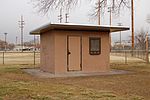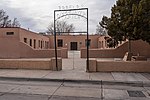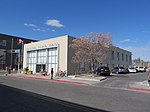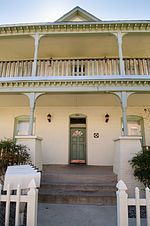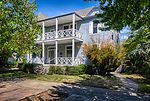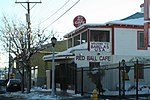ABQ BioPark Zoo
1927 establishments in New MexicoParks in Bernalillo County, New MexicoTourist attractions in Albuquerque, New MexicoZoos established in 1927Zoos in New Mexico
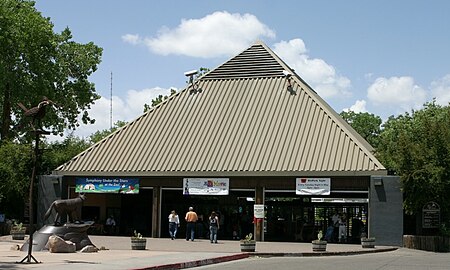
ABQ BioPark Zoo, located in Albuquerque, New Mexico, is a facility of the Albuquerque Biological Park. Founded in 1927, the 64-acre (26 ha) zoo was originally known as the Rio Grande Zoo. Sections of the zoo include an Africa exhibit area, an Australia exhibit area, the "Cat Walk" and herpetology area. An endangered species carousel was added in 2016. A narrow-gauge railroad connects the zoo to the other facilities of the Albuquerque Biological Park. Walking distance through the zoo is 2.27 miles (3.65 km). The Albuquerque Biological Park is an accredited member of the Association of Zoos and Aquariums (AZA).
Excerpt from the Wikipedia article ABQ BioPark Zoo (License: CC BY-SA 3.0, Authors, Images).ABQ BioPark Zoo
12th Street Southwest, Albuquerque Barelas
Geographical coordinates (GPS) Address Nearby Places Show on map
Geographical coordinates (GPS)
| Latitude | Longitude |
|---|---|
| N 35.0776 ° | E -106.6627 ° |
Address
12th Street Southwest
87190 Albuquerque, Barelas
New Mexico, United States
Open on Google Maps

